Warrior Queens Who Made Their Mark On History
We all know that females are fierce, but it’s not just a 21st-century thing.
Women have been trailblazing since the dawn of time, even in eras where they were considered to be the weaker sex. Join us as we take a look at some of the baddest babes in history – you won’t want to miss these incredible warrior queens. Read on through in order to learn more! Did you know about these amazing leaders?
Grace O’Malley
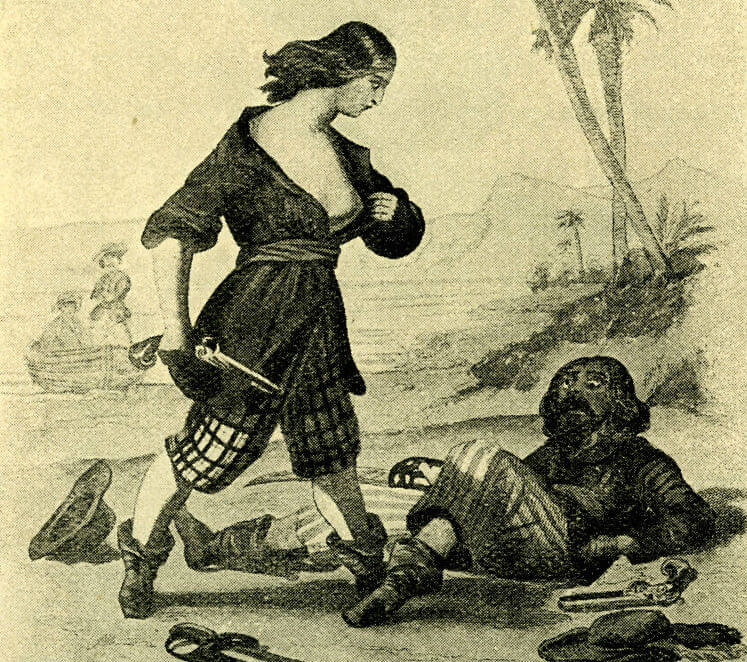
It’s often said that there’s nothing sharper in this world than an Irishwoman’s tongue. Grace O’Malley was the 16th-century pirate queen that rose up through the ranks of seadogs. According to the tale, Grace wanted to go sailing with her father but her mother forbid it, saying that her long hair would get tangled in the ropes – so, the fiery teenager chopped it off.
After her father died, Grace became the ruler of the Ó Máille clan, using the ships she inherited for piracy. Any ship that wandered close to her shores would be taxed for safe passage. If they refused to pay, they’d be killed. This queen was so intimidating that even Queen Elizabeth I bent to her demands, releasing her captured brother and son and granting her permission to “fight in our quarrel with the rest of the world.” Grace did a great job of just that, right up until retirement circa 1603.
Artemisia I of Caria
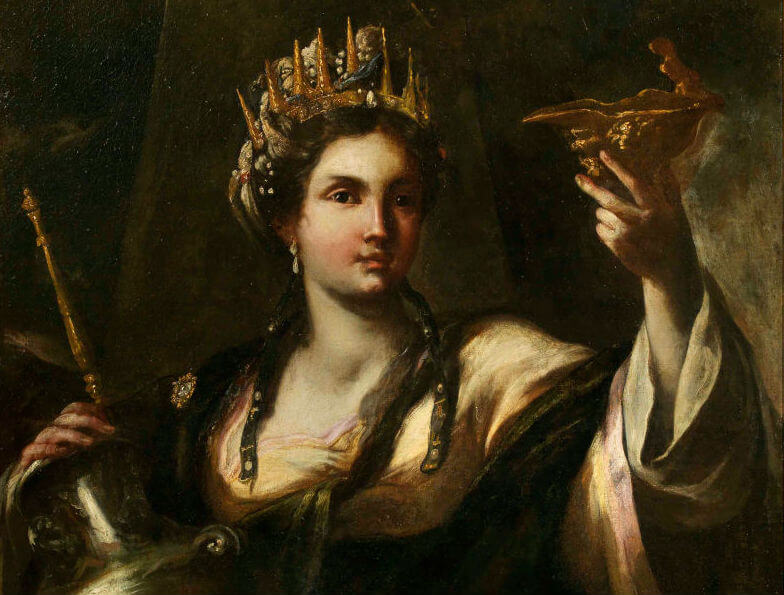
Artemisia I of Caria was a revered Greek queen, ruling over Halicarnassus, Kos, Nisyros, and Kalymnos. Most of what we know about this Mediterranean goddess comes from the writings of Herodotus, who praises her courage and the respect she commanded from powerful men.
Xerxes, King of Persia, held her in such high regard that after he watched her in battle, he exclaimed, “My men have turned into women and my women have turned into men!” Artemisia tried to council Xerxes in his exploits, but he often went against her advice and lost in battle due to his pig-headedness. Legend has it that Artemisia fell in love with a man who didn’t return her sentiment, so she blinded him in his sleep. Unable to live with what she had done to the man she adored, an oracle told her to jump from the top of the rock of Leucas to rid herself of her feelings. Unfortunately, she didn’t survive the jump.
Trieu Thi Trinh

When it comes to warriors, Vietnam knows how to make ‘em. Trieu Thi Trinh was a 3rd-century fighter who managed to keep occupying forces of the Wu Kingdom out of power. Trinh was orphaned at a young age. Her brother and his wife raised her as a slave, keeping her in appalling conditions.
At the age of 20, Trinh escaped into the jungle and used her pent-up anger to form an army of more than a 1,000 men and women. After liberating an area of the country, she claimed it as her own. It’s often said that by the age of 23, the young warrior had won over 30 battles, riding into the war on the back of an elephant, wearing golden armor and carrying a sword in each hand. She once said, “I’d like to ride storms, kill sharks in the open sea, drive out the aggressors, reconquer the country, undo the ties of serfdom, and never bend my back to be the concubine of whatever man.”
Gudit of Ethiopia

Gudit of Ethiopia is perhaps history’s most savage queen. Flourishing sometime around 960, Gudit laid waste to Axum and its land, destroying everything in her wake. While she is mentioned occasionally in historical accounts, most of what we know about Gudit has been passed down through oral tradition.
One historian, Paul B. Henze wrote, “She is said to have killed the emperor, ascended the throne herself and reigned for 40 years. Accounts of her violent misdeeds are still related among peasants in the north Ethiopian countryside. On my first visit to the rock church of Abreha and Atsbeha in eastern Tigray in 1970, I noticed that its intricately carved ceiling was covered in black soot. The priest said it was the work of Gudit, who had piled the church full of hay and set it ablaze nine centuries before.”
Amanitore of Meroe

2,000 years ago the ancient realm of Meroe in Nubia (modern-day Sudan) was home to some awesome queens, called kandakes. Amanitore was one of the best, reigning alongside her son in the 1st century BCE. What we know about Amanitore is limited, but one of the Romans, Strabo, recorded an encounter with a one-eyed Nubian queen who fought fiercely.
Amanitore was as brave as any man, if not braver, marching into battle to oppose the Roman forces. Although Rome would triumph through sheer numbers and force, they would later come to a treaty which put Meroe in good stead.
Mother Lu of China

Wang Mang forcibly took the throne in the 1st century, CE. The Chinese emperor wasn’t liked by his subjects. According to sources, Mother Lu was a woman from an extremely wealthy family who started an uprising when her son was executed by Mang’s men.
Gathering a dedicated following of subjects that wanted “traditional” values such as slavery reinstated, Lu managed to get Mang off the throne and restore the old Han Dynasty. Dubbing themselves the Red Eyebrow Rebellion, her armies painted their brows crimson to represent demons. She might have had some questionable beliefs, but Mother Lu got the job done.
Æthelflæd Of Mercia
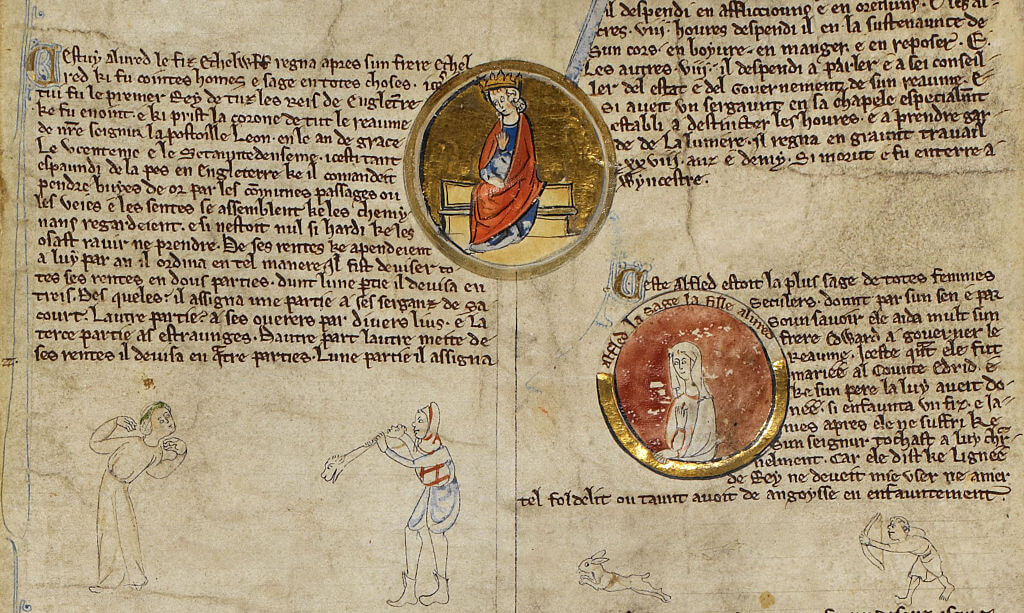
Alfred the Great is up there with the most prolific of England’s ancient leaders, ruling during the Anglo-Saxon era. As it turns out, his kids didn’t fall far from the tree. His daughter Æthelflæd went on to marry the ruler of Mercia. Luckily for the new Queen, her husband was much older, giving her the scope to make most of the decisions.
Æthelflæd wasn’t scared to get her hands dirty, working tirelessly to protect her land from Viking invaders by building several strongholds. As well as this, she successfully fended off the Danish, Welsh, and Irish, at one point taking the Welsh King’s wife hostage to subdue him.
Tomyris of the Massagetae
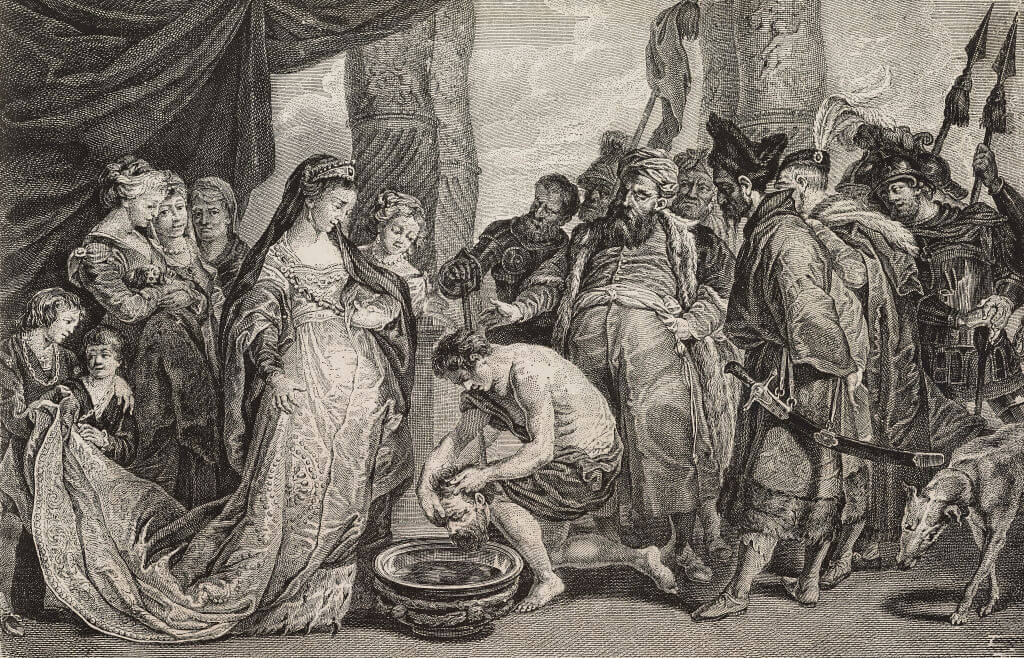
Cyrus the Great, the King of Persia circa 529 CE, has a lot of stories to his name – but his enemy Queen Tomyris of the Massagetae blew him out of the water. The two were embroiled in a mutual obsession, never quite able to leave each other alone.
Cyrus tried to stomp out Tomyris and her army by pretending he wanted to marry her. Tomyris didn’t fall for it, causing Cyrus to build a bridge to try and get to her. It failed. Next, he staged an elaborate banquet. When the Massagetae saw it, they ate their fill and passed out drunk. Cyrus’ soldiers returned and slaughtered many of them, including Tomyris’ child. The grieving mother trapped the Persian soldiers in a narrow pass and slaughtered them in retaliation, taking the King’s head in revenge.
Boudicca of Norfolk

Boudicca is one of the most famous warrior queens ever to have lived. Ruling over the British Celtic Iceni tribe, she was the wife of Prasutagus. Prasutagus ruled over his land as an ally of Rome and left his kingdom to be overseen jointly by his daughters and the Roman emperor. However, Rome rushed in and assumed total control. Boudicca was flogged and her daughters were taken advantage of.
Her people backed her as she led the uprising against the Romans, and they had no mercy. Her military attacks were so violent that they completely demolished Camulodunum (modern-day Colchester). Some pieces of literature claim that all Roman noblewomen were beheaded, their breasts chopped off and sewn onto their mouths. Eventually, Boudicca was defeated, with reports suggesting she took her own life to avoid capture.
Samsi of Arabia

In the 8th century, BC Samsi reigned over the ancient Near East for more than 20 years. According to the Assyrian chronicles, Queen Samsi was a powerful ruler who faced the Assyrian kings without fear. Although Samsi was later defeated in battle, her enemies actually restored her to power – something you don’t come across in history too often.
It’s thought that the opposition knew how much they needed a respected ruler in charge in order to continue lucrative trade deals. Samsi maintained a peaceful partnership with her foes for the rest of her reign, proving that compromise can be just as meaningful as a victory.
Joan of Arc
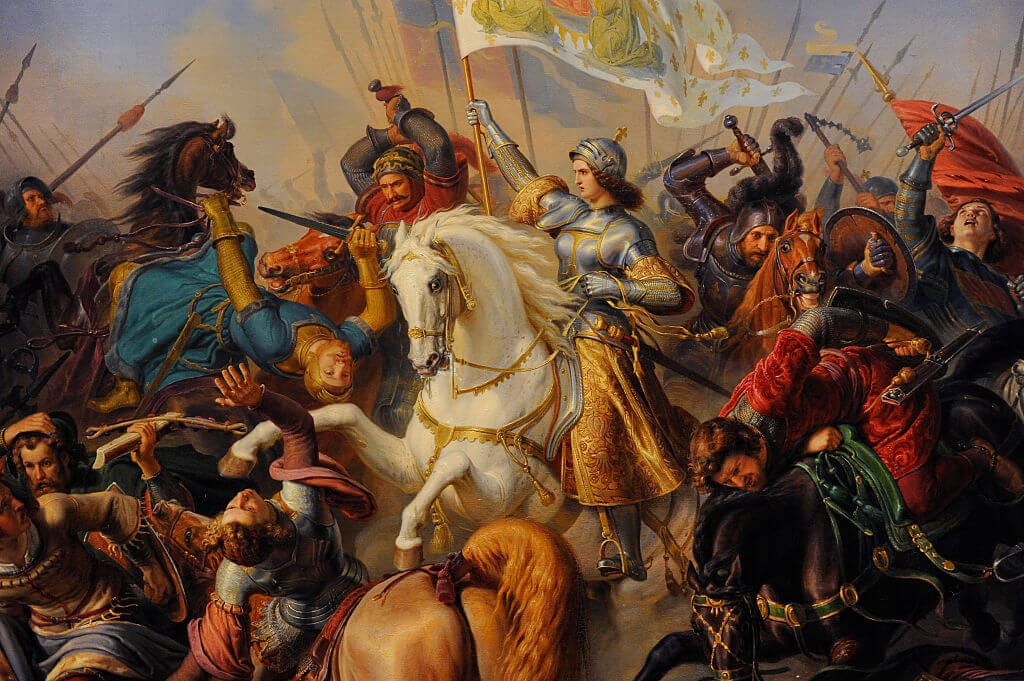
Although not technically royalty, Joan of Arc was – and continues to be – an incredibly important historical figure. The teenager appeared in front of the Crown Prince of France claiming she had instructions from God. The Almighty appeared to her in a series of visions, she said, telling her to fight for France and take it back from the English. The uncrowned King Charles VII took a liking to the passionate youngster and sent her to the siege at Orleans. Within nine days, the siege was over.
Despite her victories, Joan met a grisly end. Captured as a prisoner of war, she was transferred into the custody of the English who conjured up a way to get rid of her for good. The 19-year-old was falsely tried for heresy and cross-dressing and was burned at the stake. The executioner later said he believed he was damned because of the killing.




